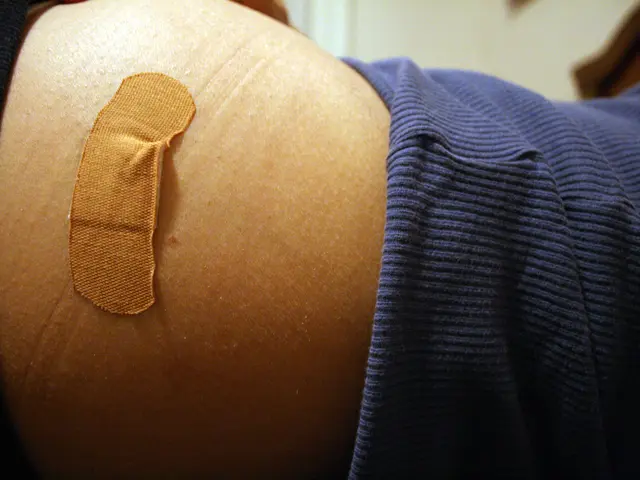Abdominal Aortic Aneurysms: Silent Killers Requiring Early Detection
An abdominal aortic aneurysm (AAA) is a serious condition where the main blood vessel in the abdomen weakens and bulges. This occurs due to various risk factors, including smoking, high blood pressure, and a sedentary lifestyle. Left untreated, AAAs can lead to life-threatening complications such as aortic dissection, blood clots, and rupture, causing internal bleeding.
AAAs often show no symptoms until they rupture, making regular screening crucial. When symptoms do appear, they may include abdominal or back pain, a palpable mass in the abdomen, or sudden, severe pain. Other signs of a ruptured AAA include sweaty or clammy skin, increased heart rate, shock, or loss of consciousness. Treatment options vary depending on the individual's health and the aneurysm's characteristics. These can range from open abdominal surgery to endovascular surgery, or monitoring for smaller, slower-growing aneurysms. Recovery times differ between procedures, with open surgery taking up to 6 weeks and endovascular surgery requiring about 2 weeks.
AAAs are often diagnosed incidentally during scans for other reasons or through screening tests. Early detection and management are vital to prevent life-threatening complications. Understanding the risk factors and seeking regular check-ups can help in timely intervention and improved patient outcomes.
Read also:
- FDA's Generic Mifepristone Approval Sparks Pro-Life Concerns Over Safety and States' Rights
- Understanding Child Development: Causes and Signs of Delays
- Pope Francis' New Book 'Let Us Dream' Offers Unity and Hope for Post-Covid World
- Stephanie Estremera Gonzalez: From Medical Assistant to Residential Manager at The Point/Arc








